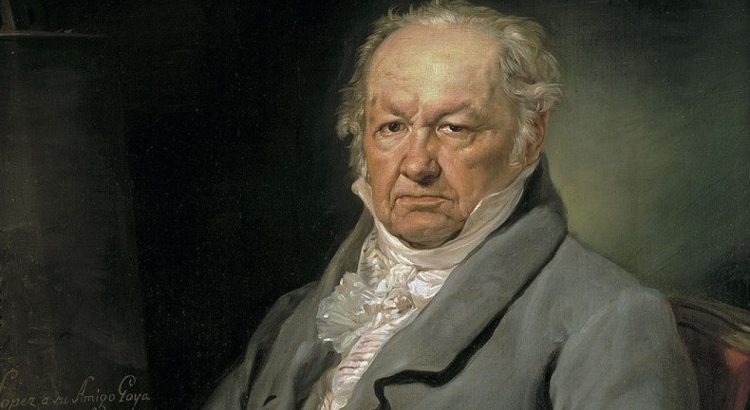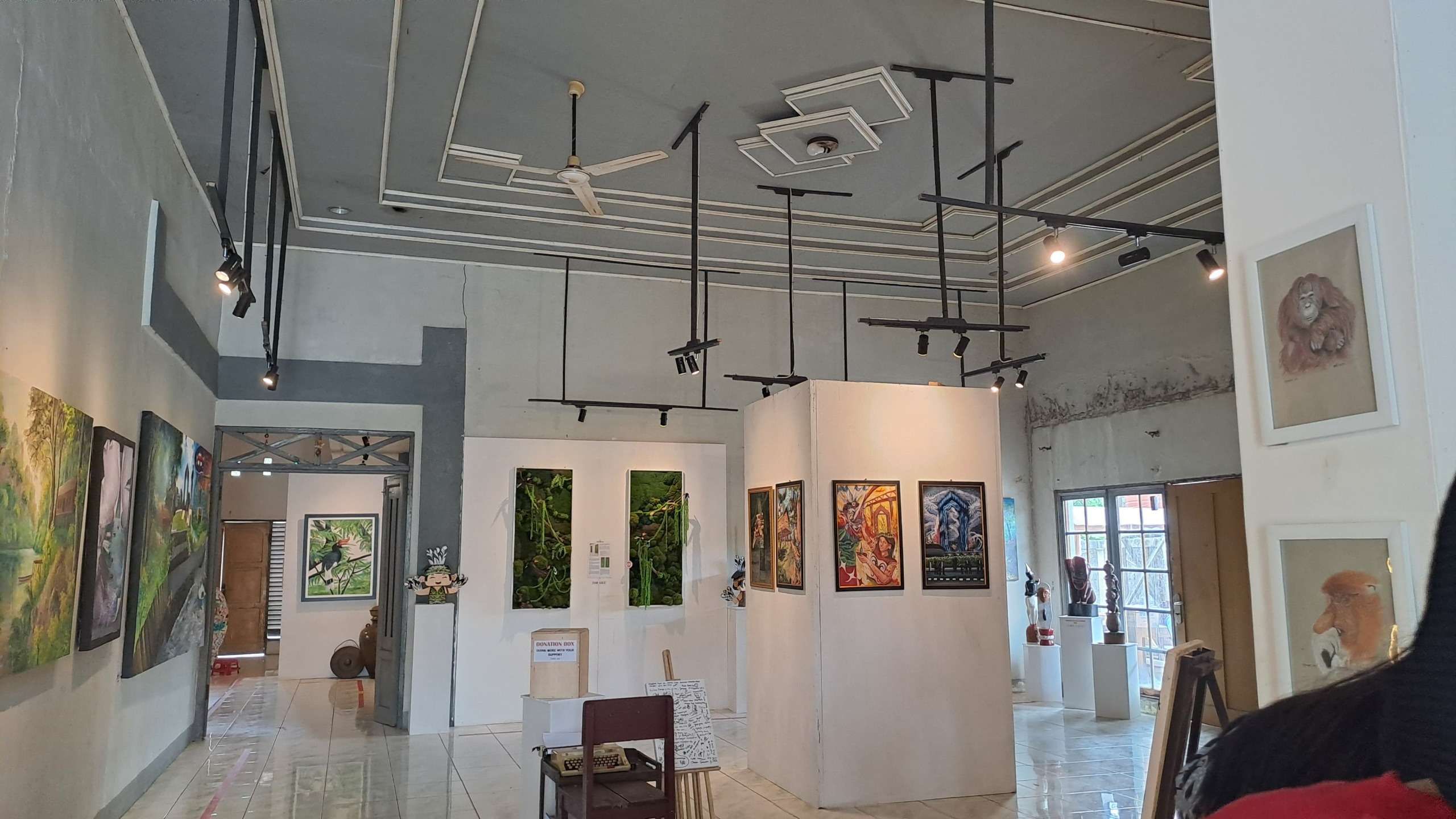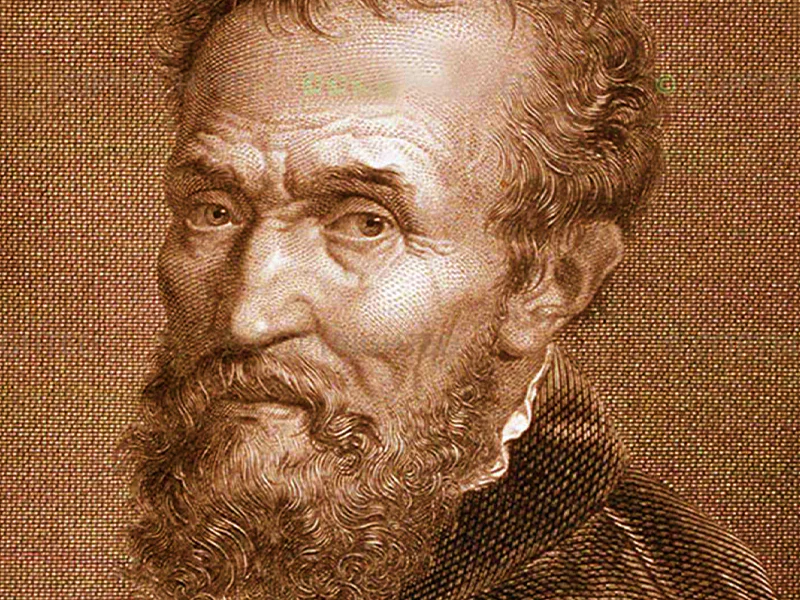Robert Draws – Francisco Goya remains one of the most iconic figures in Western art. His career spanned one of the most turbulent periods in Spanish history and his works reflect a unique combination of classical technique and fearless innovation. Born in 1746 in Fuendetodos, Spain, Goya developed his skills early and moved to Madrid where he became a prominent court painter. His journey as an artist was marked by evolution from celebratory portraits of aristocracy to deeply haunting and politically charged images that revealed the brutality of war and human folly. Goya did not simply depict what was beautiful or acceptable. Instead, he sought to uncover what was hidden beneath the surface. His legacy today stands not only for his artistic genius but also for his courage to confront social and political realities. His influence continues to echo through modern painting, inspiring artists across centuries and continents.
From Royal Commissions to Radical Expression
Francisco Goya began his artistic journey creating tapestry designs and portraits for the Spanish elite. His early works reflected the influence of Rococo and Neoclassical styles, and he quickly gained recognition for his technical mastery. Commissioned by King Charles III and later Charles IV, Goya rose through the ranks to become a court painter. However, despite his prestigious status, a dramatic transformation occurred in both his style and subject matter. Following a severe illness that left him deaf, Francisco Goya turned inward and began to paint works of personal torment and public dissent. His series Los Caprichos satirized Spanish society and exposed its hypocrisies with brutal clarity. No longer bound by the expectations of courtly taste, Goya pursued themes of madness, corruption, and fear. This shift showed his refusal to conform and his deepening emotional intensity, qualities that defined the darker chapters of his career.
“Read about: El Greco: The Visionary of Mannerism”
The Horrors of War Captured in Paint
During the Peninsular War between Spain and Napoleon’s forces, Francisco Goya documented the atrocities committed on Spanish soil. Deeply affected by what he witnessed, he created a visual account of suffering that few artists dared to confront. His series The Disasters of War presents raw and violent imagery, focusing not on heroic victories but on the agony of civilians and soldiers alike. Executions, famine, and mutilation were portrayed without romanticism or glorification. These works are considered some of the most honest representations of conflict in European art. By abandoning traditional historical painting, Goya centered the victims of war rather than its leaders. Even today, these etchings serve as a powerful indictment of violence and oppression. Although they were not published during his lifetime, they have since become a cornerstone in the conversation about art’s role in witnessing history and giving voice to the silenced.
The Black Paintings and Goya’s Inner World
In the final years of his life, Francisco Goya lived in near isolation in a house known as the Quinta del Sordo or House of the Deaf Man. On its walls, he created a series of deeply disturbing works now known as the Black Paintings. These paintings, including Saturn Devouring His Son and Witches’ Sabbath, reflect a world filled with darkness, fear, and despair.
The cheerful palette of his youth had vanished, replaced with heavy browns, blacks, and grays. These images were never meant for public viewing and were painted directly onto the plaster walls of his home. They have been preserved and transferred to canvas, now displayed in the Prado Museum. The psychological depth of the Black Paintings marked Goya as a forerunner of modern expressionism. Through these nightmarish visions, Goya explored themes of mortality, insanity, and the breakdown of reason, offering an intimate look into his mind during a period of personal and political turmoil.
“Read more: India’s Lucknow Sets Example in Child Trafficking Crackdown”
A Legacy That Transcends Time
The influence of Francisco Goya stretches far beyond his own era. Considered the last of the Old Masters and the first of the moderns, he bridged tradition and innovation. Artists like Édouard Manet, Pablo Picasso, and Francis Bacon have drawn inspiration from his work. His use of realism, satire, and psychological depth helped pave the way for Romanticism, Symbolism, and even Surrealism. Goya’s courage to depict uncomfortable truths challenged the purpose of art and redefined its role in society. Museums around the world continue to showcase his works, while scholars analyze his contributions not only to painting but also to political thought and cultural criticism. Through his prints and paintings, Goya gave form to the invisible forces of fear, guilt, and conscience. His images are more than compositions on canvas. They are emotional landscapes where beauty and horror coexist, making him a timeless figure in the world of art.



